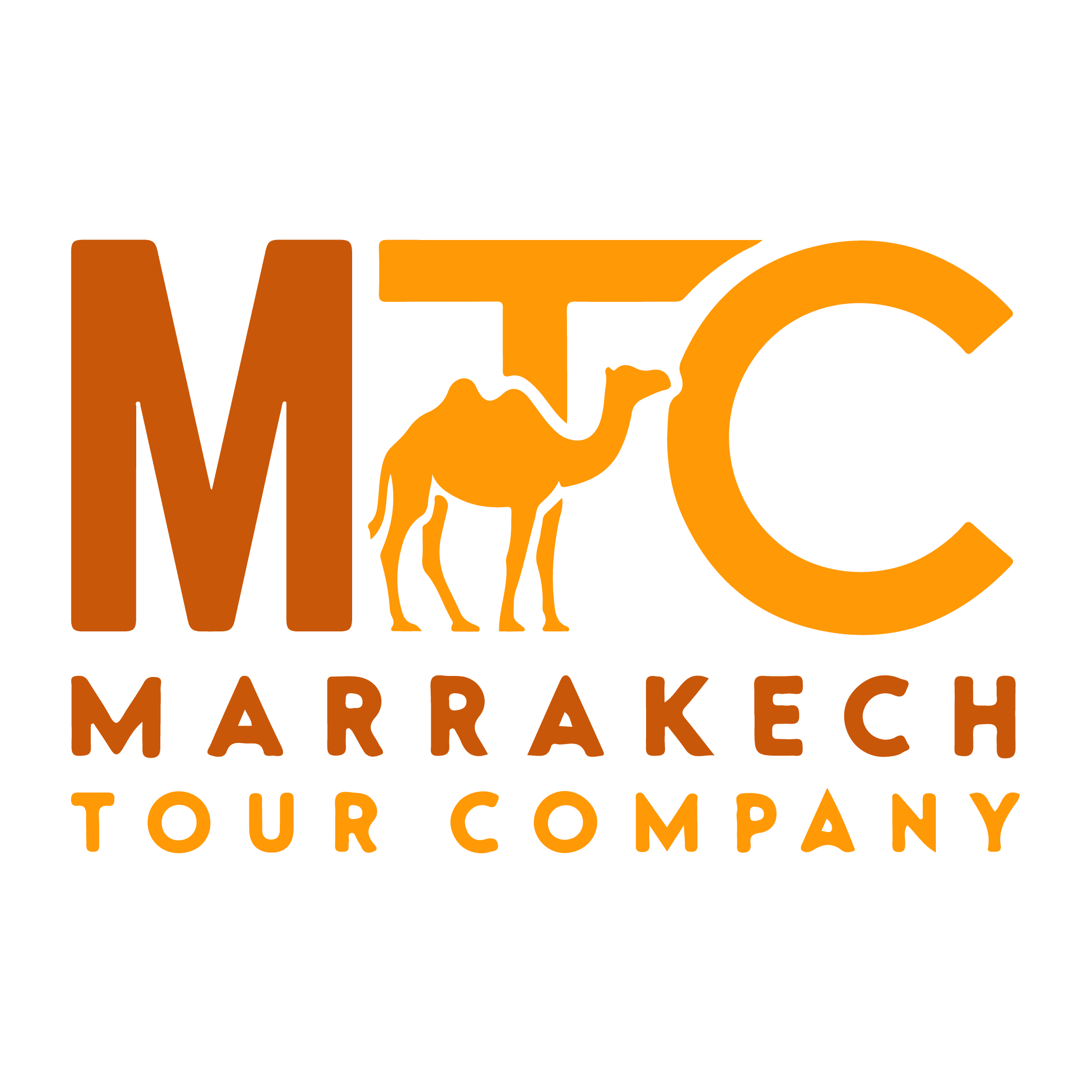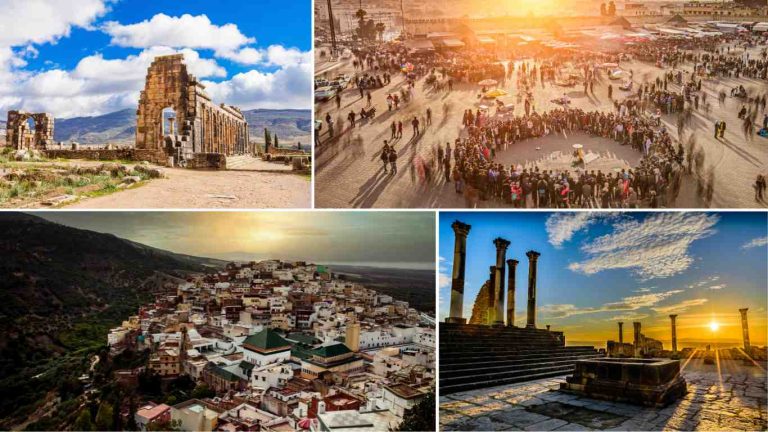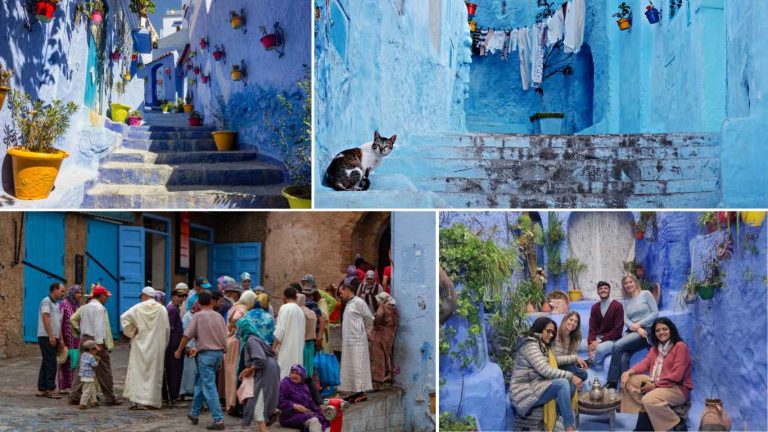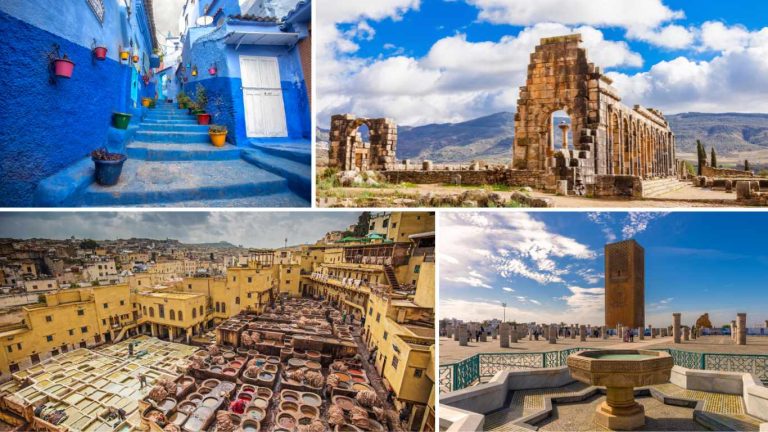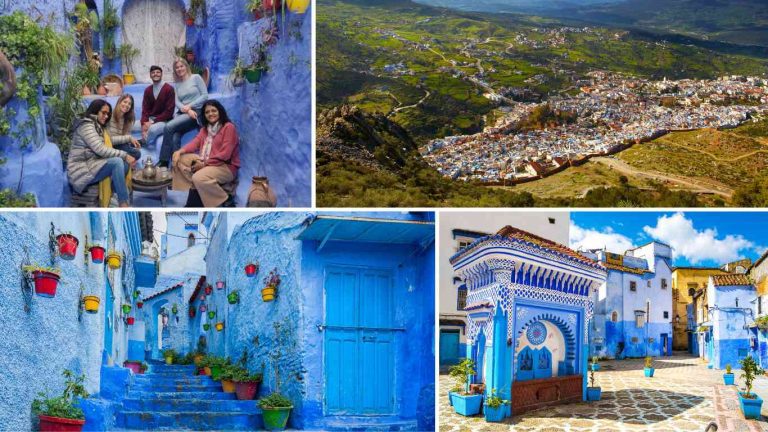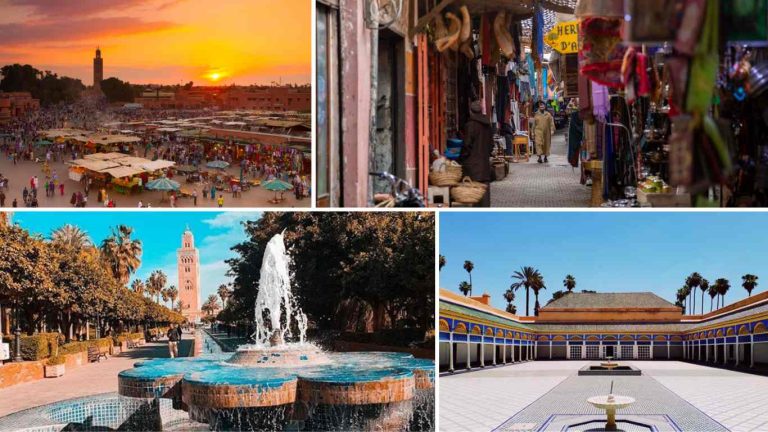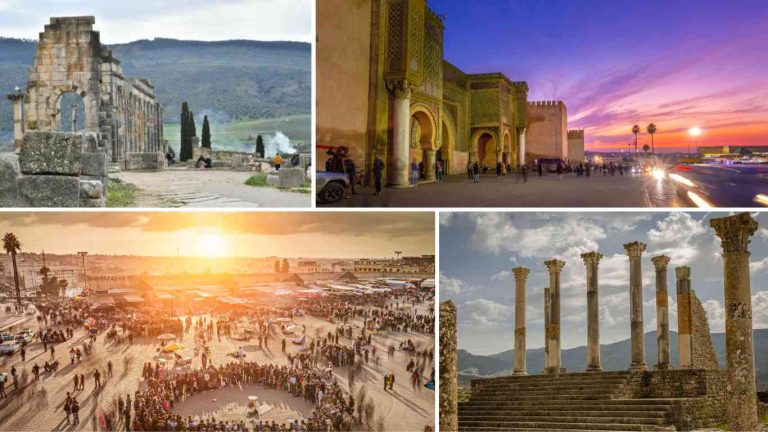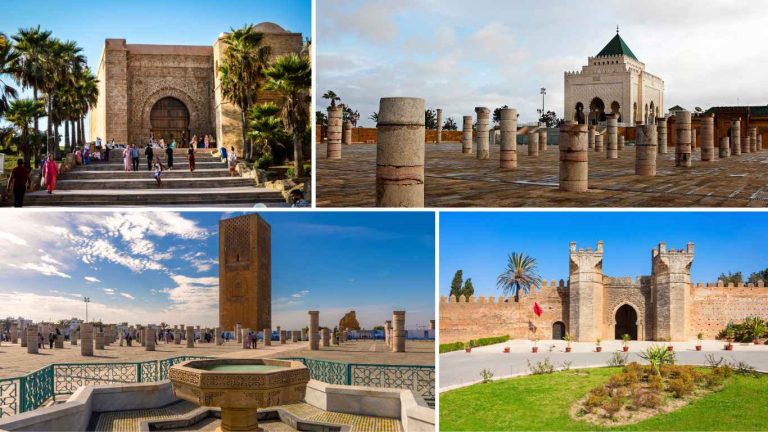How to Plan a Trip to Morocco?
If you plan a trip to Morocco, I am sure you dreamed of many colorful walls, decorated doors, aromatic spices, and markets full of dream decorations.
You may have added verifiable Instagram sites to your favorites, and you may also have tracked the path you want.
But there is much more to plan a trip to Morocco than it seems at first glance, and I am here to help you plan the trip of your life with as little effort as possible using this simple list for a travel plan in Morocco!
Morocco is not a country that wants to be unprepared. It is not a destination for travelers who still carry their training wheels.
The harassment continues, whether it is sexual in nature or simply because suppliers or guides try to incite you to make a purchase.
In cities, you can’t really take much at face value; trends are often false and signs often lie, trying to attract a particular store.
Basically, you need to adjust your expectations and mentally prepare that Morocco is not a comfortable destination.
But with preparation, you can greatly reduce stress and end up enjoying your trip because of your advanced planning.
So, without further ado, we show you how to plan a trip to Morocco without stress or discomfort.
are you plan a trip to Morocco for the first time?
For most people in the world (myself included), planning a trip to Morocco is not exactly a jump, jump, and jump – unless, of course, you are from Spain or North Africa. So, I guess you’ll want to stay longer than a three-day weekend, and it’s ideal for visiting two or three cities in the country before the holiday ends.
But some of you may be surprised to find that most of Morocco’s top tourist destinations are not close by. For example, Marrakech-Vis is about eight hours by train!
But don’t worry. Switching between places can be hassle-free – it takes little knowledge to figure out how to plan an itinerary. I have compiled this guide in the hope that it will facilitate your planning process and help you understand how to organize your trip in the most efficient and enjoyable way so that once you arrive you can focus on acquiring a great culture rather than on logistics.
Plan a trip to Morocco in 11 simple steps
If you are a citizen of the United States of America, Canada, Australia, the United Kingdom or other EU countries, you do not need a visa to enter Morocco for any stay of less than 90 days.
Passports are valid and several countries need six months of validity after the date of departure from Morocco, so make sure your passport doesn’t expire soon.
To be sure also, make sure you have a full blank page on your passport before entering the country. Vaccinations are not necessary at the moment.
Step 1: Check visa requirements.
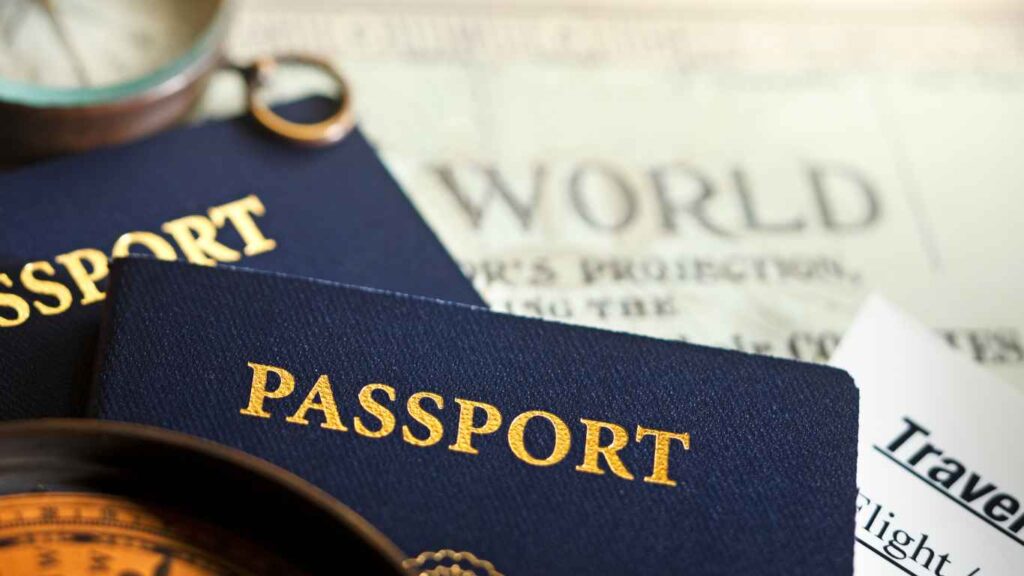
Morocco has a very lenient visa policy. Currently, these are the nationalities that do not need a visa to stay less than 90 days (but confirm this with your country’s embassy in Morocco before making policy changes at times).
Step 2: reserve your tickets!
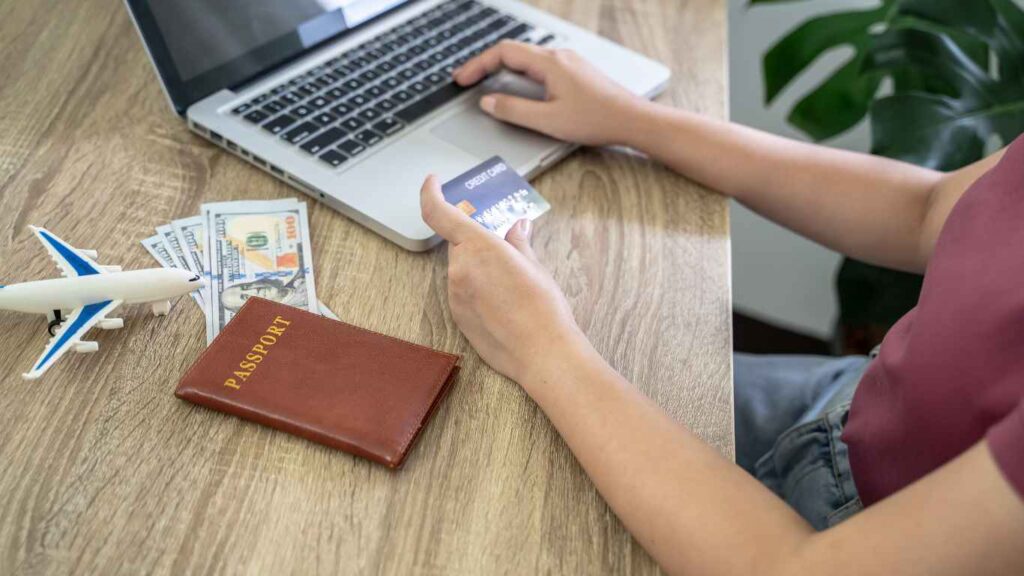
How much does plan a trip to Morocco cost? When planning a holiday in Morocco, much of the cost will depend on where you come from, of course, as well as where you travel.
The main airports in Morocco are Marrakech (RAK), Rabat (RBA), Casablanca (CMN), and Vas (FEZ). If you are flexible with where you arrive, you can find better deals.
I usually use Skyscanner to take advantage of its powerful search engine that allows you to search multiple dates and airports.
If you’re from the US or Asia, expect to pay at least $500 in return unless you get a great deal. If you travel from Europe, you’re in luck – flights to Morocco are usually less than US$10 in each direction facing a promotion!
Step 3: Plan your itinerary in Morocco
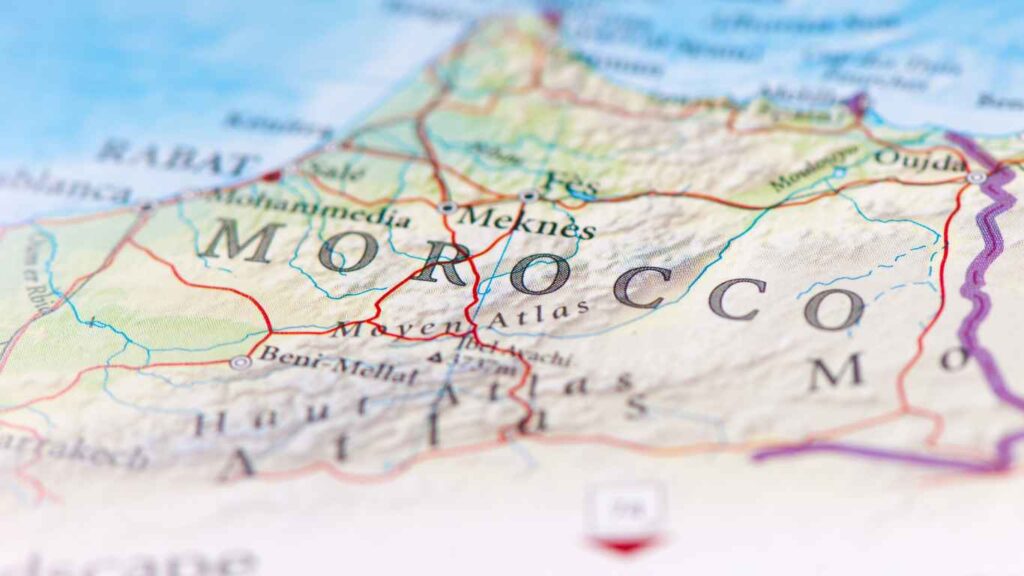
I create a Moroccan itinerary that can be reproduced easily, but you can start with my 3-day itinerary in Marrakech. If you have a short trip to Morocco, I recommend you to stop by Marrakech because it has most things of interest for tourists and is usually one of the cheapest airports to travel, especially in Europe.
If you have more time, I recommend adding a trip to the desert (read my guide here). This adds 3 more days to your itinerary. Then, if you only have one week in Morocco, I will only do 4 days in Marrakech (which allows one day excursion day) plus 3 days in a desert tour that includes return transfers from Marrakech.
Step 4: Plan for your arrival in Morocco
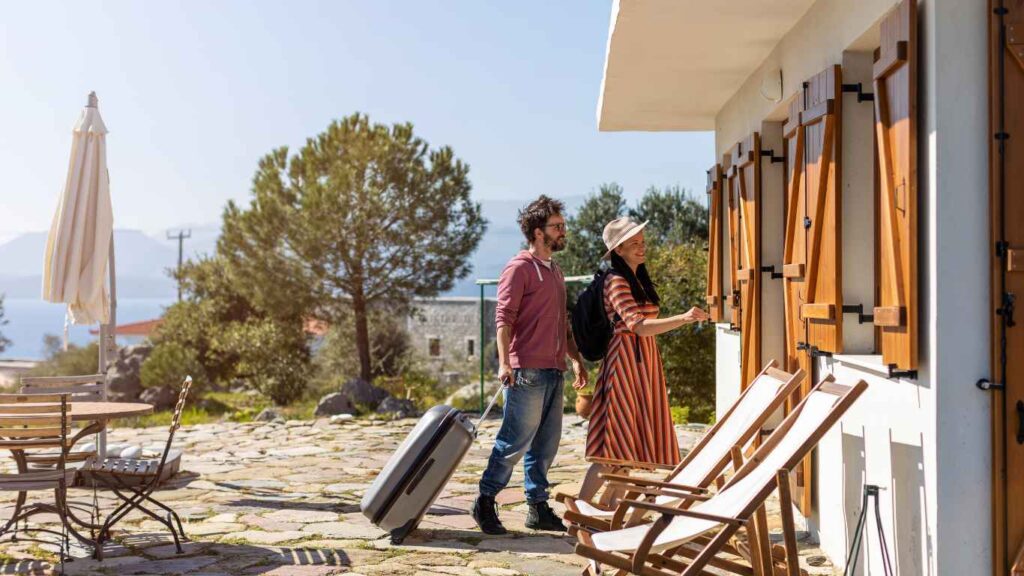
There are some things you should do before you get to make your life easier.
- Download Google Maps for your arriving city. It is not always the most useful for Moroccan cities, which have too many alleys not represented on the maps, but it is a good start to the trend, and it did it anyway.
- Book a shuttle service to get to your hotel. Your hotel can offer you this service, or you can book an online transfer from a reputable company here for around $15. Don’t take a taxi at the airport or you’ll get robbed.
- Check if you will be using a roaming plan on your phone or if you can purchase a local SIM card or WiFi device. Doing this research beforehand can save a fortune!
Step 5: Don’t forget your travel insurance!
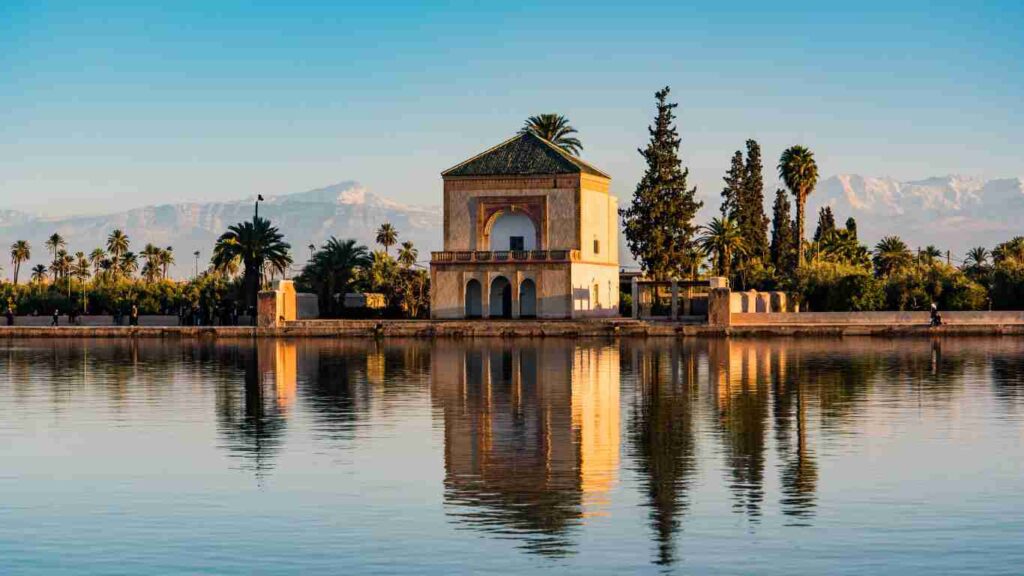
You finally put it in your mind, so it’s new: travel insurance is a good idea for Morocco and for travel in general! I’ve been a paid customer of World Nomads for years. It is good to have the tranquility that gives me in case of emergency, accident, illness, theft, cancellation, or interruption of travel.
While Morocco is safe to move to, there are always risks inherent in daily travel, so it is better to play safely. The last thing you want is to ruin an illness, a crime, or an accident on your trip – so be better prepared.
4) Get money in USD or EUR in case of withdrawal problems at ATMs. You get a better ATM withdrawal rate than changing money, so I recommend you use the ATM as much as possible and change your money only in case of emergency.
Step 6: Set a budget for your trip
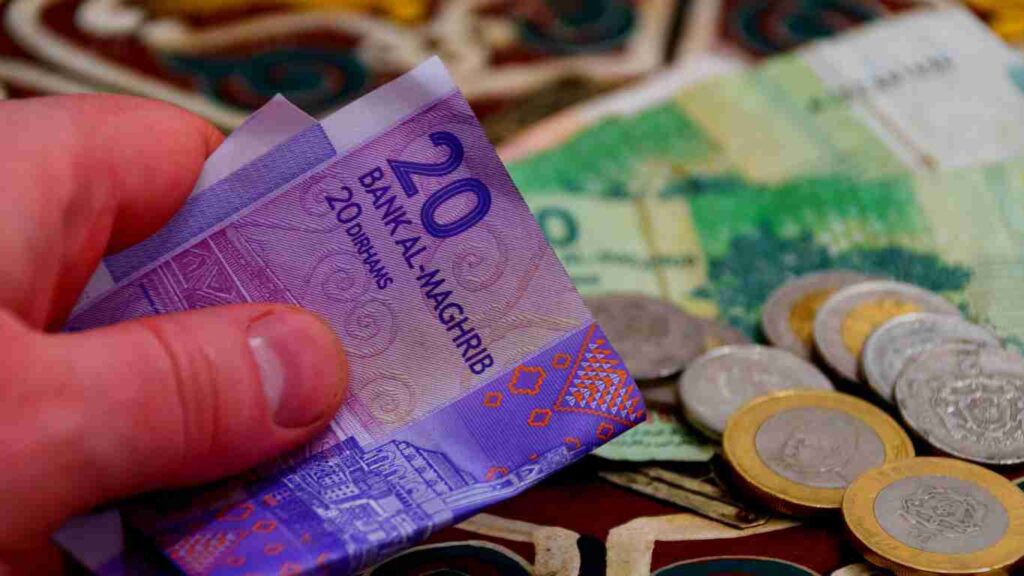
Before booking tours/activities and accommodations, I think it is useful to consider the budget for your trip so that you can create a good travel plan in Morocco.
So, how much does a tour around Morocco cost? Really, almost anything you want.
You can really spend a wide range in Morocco. If you’re planning a trip to Morocco on a budget, it’s quite possible to visit the country for around $30 a day, but that means you’ll be limited in terms of purchases, activities, and accommodation options.
Honestly, after doing this, I don’t recommend visiting Morocco as a backpacker because I think it’s much better for a mid-distance traveler. There are many great activities and daily trips that will not be completely ingenious on Backpacker’s budget, transportation between cities can be expensive, and the experience of staying in Riad is just an experience that Morocco should make (I don’t want to go to Morocco and stay in a hostel, not when there is a nice riad to stay in the country!).
Mid-level travelers, family travelers in Morocco and luxury travelers will have a much better time in Morocco. Riad Jamil can be obtained for around $50-70 per night for a couple or a family traveling to Morocco with children, giving plenty of space for shopping, activities and meals.
A budget of $100 per day per person in Morocco will give you a very luxurious experience, stay in great sports, eat as much as you want, enjoy massages in the bathroom, travel and daily activities, etc.
Meanwhile, if you really want to spend, the sky is your limit, because there are many great luxury properties like La Mamounia and Riad Yasmin that can easily reach more than $500 per night.
I advise you to determine what you want to spend in advance on everything, and divide it into a daily cost per person. Allocate about 1/3 of this amount for accommodation, 1/3 for activities, and 1/3 for additions and additions such as shopping, city transport and meals. This should give you a good budget standard for Morocco.
Step 7: Plan your activities
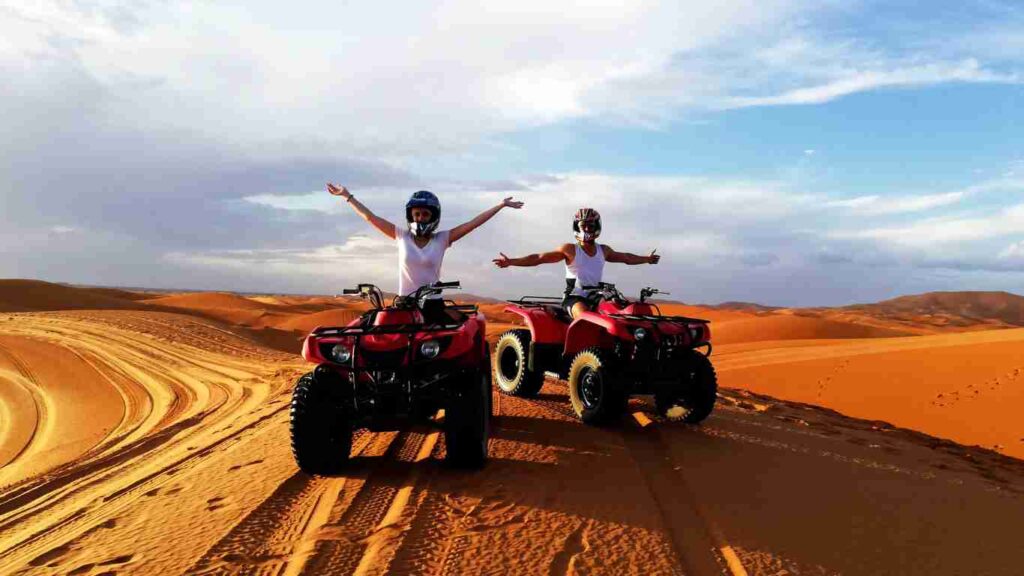
This advice can be a bit controversial because some people say that you should expect to arrive in Morocco to book activities where you can often negotiate a better price in person.
This is what I did when I was in Morocco and I bit my ass, where I ended up paying for a cheaper desert tour that cut many corners.
I’m talking about the absence of A/C on the bus in 115 Fahrenheit days, and I’m sure the transfer from Fes was included when it actually wasn’t, He took me to a fraudulent carpet shop where they replaced the carpet I bought with something that collapsed when I sewed…
Oh, and I woke up with my desert guide in my face, probably minutes from touching me in my sleep.
Therefore, I highly recommend that you book all your activities in Morocco in advance so that you can be sure that they are safe and reliable, because there is really not much transparency when it comes to dealing with travel sellers on the market, who tend to promise the world and wait for you to be far, far before realizing that they were not completely honest.
While Morocco is safe, scams involving tourists are many, as well as early research to avoid disappointment.
You can pay a little more, but it is unlikely that you will be disappointed or deceived and, frankly, it is worth paying me. If you feel comfortable playing looking for a case, you can expect to book until you are in Marrakech, but as someone who has done exactly that – I would not recommend it.
For me, I like a combination of independent travel and organized activities. I recommend a tour of Morocco on your own, combining it with classrooms, activities and excursions.
I will briefly list some activities that I think will be essential to enjoy the trip to Morocco and you can put them together to create the perfect trip for you – just click on the link to learn more about each activity.
Proposed activities in Marrakech
Proposed desert trip
Proposed activities in Fes
Step 8: Book your accommodation
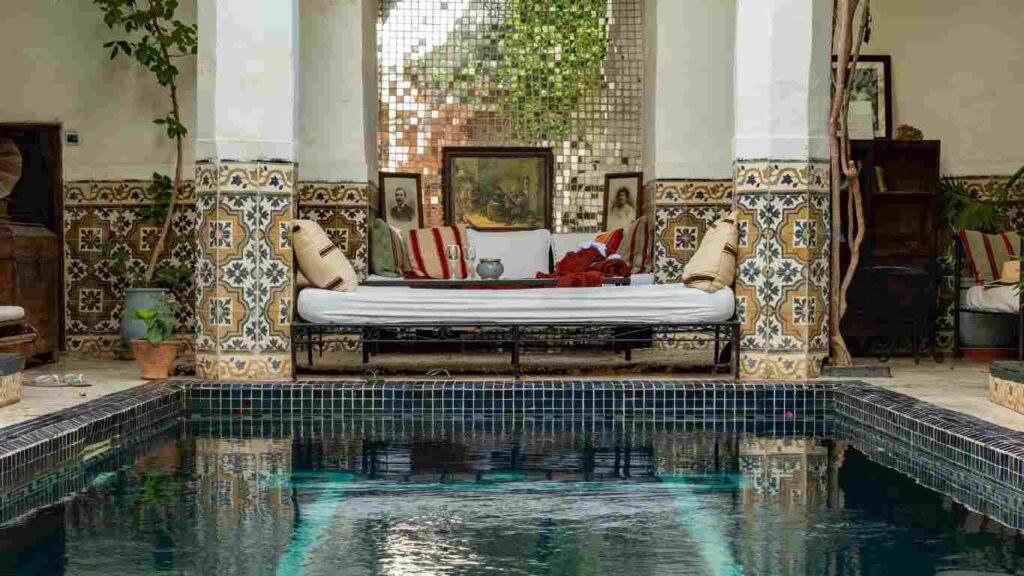
Of course, you cannot go to Morocco and not stay in Riyadh! So what exactly is Riyadh?
Riad is a traditional Moroccan house that has become a guest house, with a magnificent inner courtyard that is a welcome respite from the hustle and bustle of Moroccan cities.
I have complete guides for the best sports in Marrakech and the best sports in Fez, but here are my quick and easy records in Marrakech.
Budget: Riad Dar Maria is not described from the outside, it is wonderful and warm from the inside. Its updated design makes the inner courtyard an ideal place to relax, and the comfortable private rooms with A/C offer an excellent price. Riyadh is run by a family and treats you like one of them. Highly recommended by other travelers with an average rating of 9.5 at Booking .com.
Medium range: The beautiful Enchanted Riad lives up to its name – which you will love and love. With amazing tiles, a roof terrace (with Jacuzzi!), great rooms with A/C, and incredible attention to detail (see these beautiful wooden doors), you probably will never want to leave this charming Riad house. Click here for the lowest prices and current availability.
Luxury: For a five-star comfort at not insanely scandalous prices, you can not do better than the Villa Lavanda, a traditional riad with a comfortable bathroom, a large swimming pool, air conditioning (a must if you are traveling in the summer), and helpful staff. Cooking classes are available on-site in case you want to learn how to make your own crowns… Or you can simply eat in the restaurant loved by customers. It is located in Medina, but away from the hustle and bustle, the best of both worlds.
Also, if you are going to spend time imagining in the Sahara desert, read my guide to the best luxury camps in the Sahara desert here – this will help you reduce your options in the vast field of options!
Step 9: Find the vaccinations you may need and prepare a travel medicine kit

The CDC is my guide to detecting travel vaccines in different countries. You should check that it is up to date in terms of reminders for the following common vaccines: measles, mumps, rubella (RRO), tetanus, chicken pox, and polio. They also recommend hepatitis A and typhus, which can be obtained from contaminated food or water.
Other possible vaccines you might consider are hepatitis B and rabies. Anger is possible in Morocco, and a tourist recently died of anger after being bitten by a cat. Remember that even if you receive a rabies vaccine, you must vaccinate yourself after being exposed to a crazy animal.
If you were bitten or scratched by an animal while you were in Morocco, vaccinated or not, you should immediately consult a doctor and doctors can consider whether or not to give the series of vaccinations after exposure. Rabies is almost 100% lethal, but the vaccine is 100% effective when administered in time after exposure.
I had to take a series of photos of anger after an exhibition after a cat bite in Ukraine, and although it was disturbing, especially because I had to coordinate the photos in 3 different countries, I am happy to have taken precautions.
As for the travel medicine kit, I always recommend having the following items in your little first aid kit: stomach tablets like Pepto Bismol, diarrheal antidiarrheal such as Imodium, seasickness pills such as Dramamine and painkillers such as ibuprofen or aspirin. Also make sure to bring sunscreen and a powerful mosquito repellent, preferably with DEET, as well as some inevitable subsequent treatments for bites. Topical antibiotics and bands are also perfect for dents or scratches. Read more in the checklist section in Morocco!
Step 10: Learn some common Arabic words and phrases
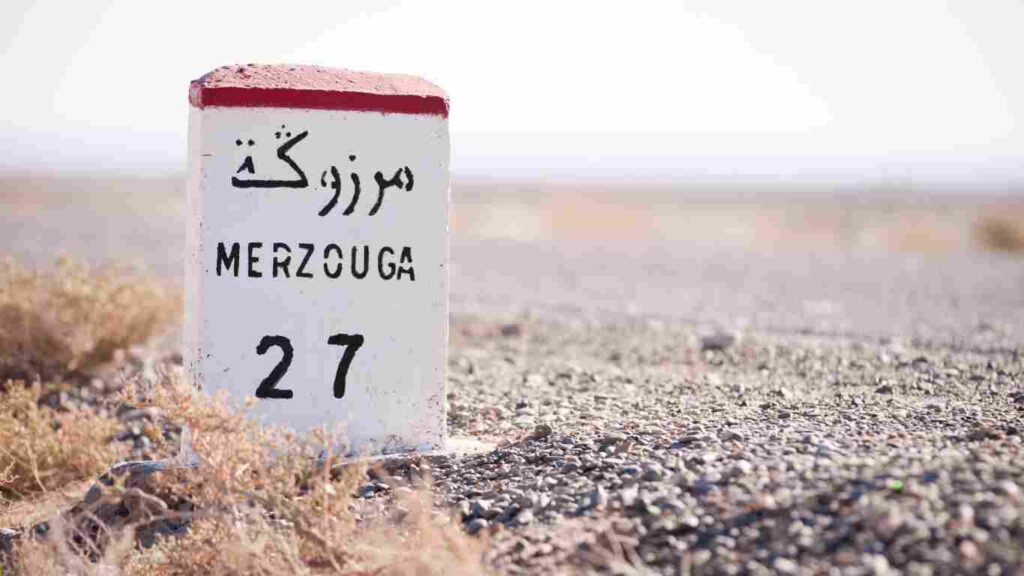
Although French is widely spoken in Morocco, it can be useful if you already speak French, if you are going to learn some phrases, I recommend learning Moroccan Arabic phrases (dryjas) that tend to be more widely understood. In the north, Spanish is widely spoken – I found it useful in Chevchaun and Tangier.
Moroccans are very talented linguists, and once I had a conversation with a taxi driver in at least 4 languages (Arabic, Spanish, French and English!). It is not uncommon to find Moroccans who speak 4+ languages – especially shop owners, who like to impress you with a series of greetings in a variety of languages, hoping that they will land in their language!
In general, most people working in services or tourism will have at least a functional understanding of English, and young people in cities tend to have a pretty high level of English. However, you may not get very detailed answers to your questions unless you hire a qualified English tour guide.
Regardless of your language skills, I recommend learning some Darija phrases to show respect for the country you are visiting!
Hello – Salamo alaikom
Thank you – Shukran
Please – Aafak
Sorry – Smahli (smhili if you are talking to a woman)
Yes – Ayiih
No – Laa
No, thank you – La shukran
It’s a small gesture, but show respect for the country you visit, so I suggest you learn at least a few words: at least hello and thank you.
Step 11: Pack your bags!
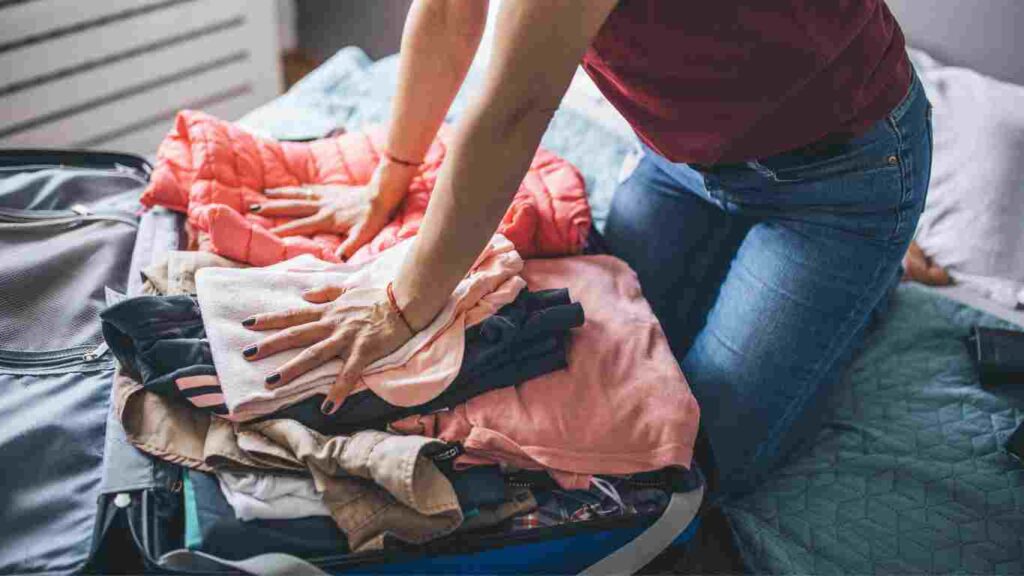
If you don’t know what to pack for Morocco, I have my back – I wrote a Morocco packing list here. It is oriented towards female travelers, as is my experience, but men can find some useful recommendations and can only replace their own clothes and toilet tips. I included all the recommended clothes for women there so please refer to it as this article is already quite long!
I suggest you bring a backpack and not a suitcase to Morocco if you can. Medinas are boring enough to drive a suitcase and you have a lot more agility with a backpack. I use and love this Tortuga backpack for travel because it is transportable but can fit everything I need for 3+ weeks of travel.
Note that pickpockets are very common in crowded areas of Morocco, especially in Marrakech markets. I recommend this zippered backpack made by Pacsafe. It has many security features – the metal grille that makes it resistant to the rod, the hinge lock that can then be attached to a hard-to-open clip, and the RFID locks. It is also very thin and does not look like a tempting and expensive bag. But equally important, it’s actually very nice and you won’t mind seeing it or filming it with it!
